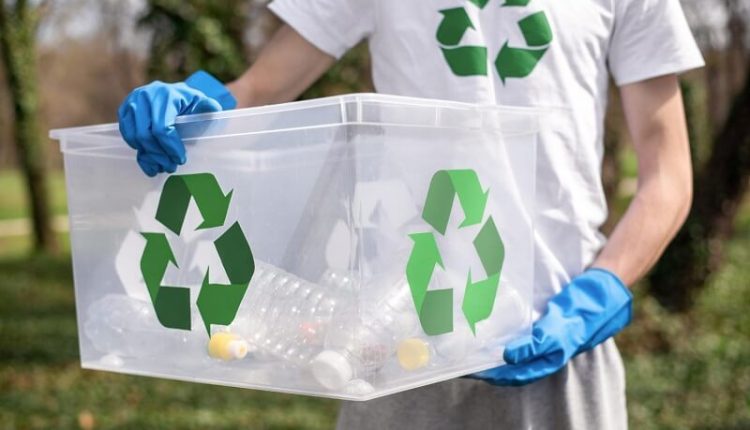- Advertisement -
In the modern era, the push towards sustainability and environmental preservation has made recycling more important than ever. Recycling not only conserves resources and energy but also reduces greenhouse gas emissions and the need for landfill space. Understanding what can be recycled is crucial for individuals and communities aiming to contribute to environmental sustainability. This guide delves into various recyclable materials, offering insights into how each can be properly recycled.
Paper and Cardboard
Paper and cardboard are among the most commonly recycled materials. Newspapers, magazines, office paper, corrugated cardboard, and even cereal boxes can be recycled. It’s important to remove any plastic coatings and food contamination before recycling.
Plastics
Plastics recycling can be complex due to the variety of types. Most recycling programs accept plastics labeled 1 (PET) and 2 (HDPE), which include beverage bottles, milk jugs, and detergent containers. Recycling of plastics numbered 3 to 7 is less common and depends on local recycling capabilities.
Glass
Glass bottles and jars can be recycled indefinitely without loss of quality. Colored and clear glass should be separated, and any lids or caps removed. Ceramics, mirrors, and glassware, however, are not typically accepted because of their different melting points and compositions.
Metals
Aluminum and steel cans are widely recyclable. Aluminum cans, in particular, are valuable in the recycling market and can be recycled repeatedly. It’s beneficial to rinse cans to remove any residue and, in the case of aluminum, to crush them to save space.
Electronics
E-waste, including computers, smartphones, and televisions, contains valuable materials and hazardous substances. Specialized recycling programs and electronic retailers often offer e-waste recycling services to properly handle these items.
Batteries
Batteries should never be thrown in regular trash due to their toxic and corrosive elements. Many retailers and recycling centers accept batteries for recycling, including single-use and rechargeable batteries.

Textiles
Clothing and textiles can be donated for reuse or recycling. While not all curbside programs accept textiles, specialized bins and charities collect wearable clothes and fabrics for recycling or repurposing.
Organic Waste
Composting is a form of recycling organic waste like food scraps, yard trimmings, and paper products. Composting converts organic material into nutrient-rich soil, diverting it from landfills and reducing methane emissions.
Challenges and Innovations in Recycling
Despite the broad range of recyclable materials, challenges remain, including contamination, the complexity of plastic recycling, and the economics of recycling markets. Innovations in recycling technologies and community education are vital for improving recycling rates and efficiency.
Conclusion
Recycling is a key component of environmental conservation efforts, allowing us to reuse materials, save energy, and reduce our ecological footprint. By understanding what can be recycled and how to recycle it properly, individuals and communities can make a significant impact on the health of our planet. As recycling technologies advance and awareness grows, the potential for recycling to contribute to a more sustainable world increases. Embracing recycling in our daily lives is not just an act of environmental responsibility; it’s a step towards a sustainable future for all.

